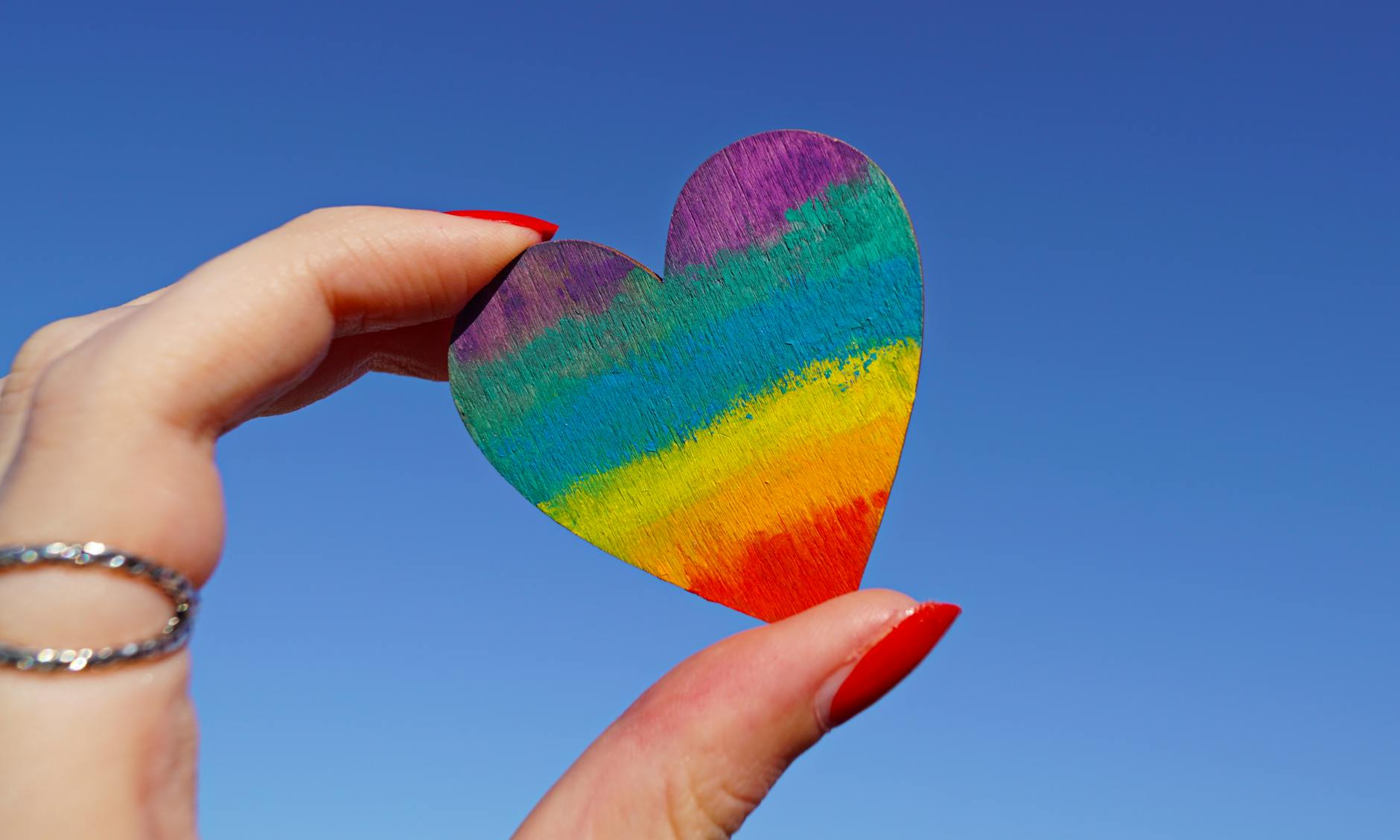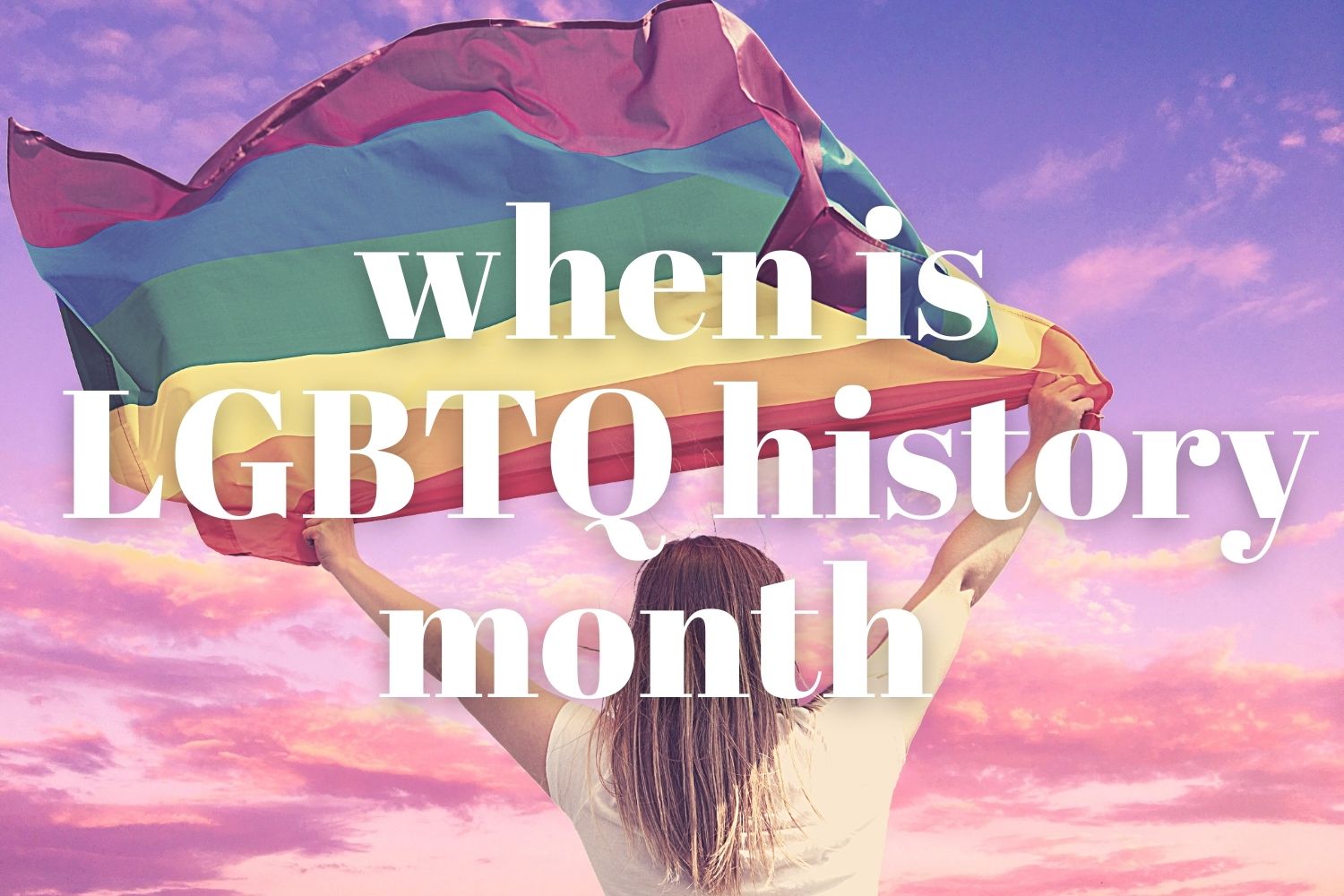Uranic Sexuality is an often misunderstood sexual identity that is a unique form of sexual attraction. This article will explore the concept of this Sexuality, what it is, and who can identify as it. It will also discuss the importance of recognizing and respecting Uranian people and their unique identities.
Table of Contents
What is uranic sexuality?
Uranic sexuality is all about those who find male or masculine identities sexually attractive, but it’s known as micro label, which goes beyond being gay, bisexual, queer or MSM (men who have sex with men) although MSM is not a popular identity. Uranian sexuality is also known as nonfemsexual, meaning that this person is not attracted to women, females, or feminine-aligned people.
Sometimes the people who identify as Uranic are from the non-binary or gender non-conforming specrum, but not neccessarily. The term was first coined in the late 1990s by the queer community and has since become increasingly popular.
This sexuality encompasses many different genders and sexual orientations, including gay, lesbian, bisexual, transgender, non-binary, pansexual, genderfluid, and asexual. It is important to note that while some people who are uranic may identify as one of these labels, others may not.
In short, being ideniying as Uranic means you’re attracted to masculinity.
The origin of the term uranic
The term is used to describe feelings towards people who are attracted to male, male-aligned, masculine-aligned, or neutral gender expressions. The word uranic was first coined by a Tumblr user in August 2017 and has since become a popular term within the LGBTQ+ community.
Uranian can refer to many different things, from sexual attraction to gay sex and even love. It’s not limited to just men either, as non-binary people can also be uranic. The term “uranic” is often used as a way to express a connection with someone regardless of gender. \
Who can be uranic?

This sexuality is an umbrella term for non-binary sexualities, including gay and lesbian orientations as well as genderqueer, genderfluid, agender, and other non-binary gender identities. Individuals who identify as uranian can come from any gender identity, race, age, or culture, but tend to be LGBTQ individuals who are looking to identify their sexuality as being male attracted.
It also typically defined as romantic or sexual attraction towards people of the same gender without a focus on traditional gender roles. This means that uranic individuals can experience attraction regardless of whether or not they identify as gay, straight, or something else. Uranic individuals may also feel a strong connection to the LGBTQ community and its values, as well as a commitment to breaking down gender-based binaries.
Despite its wide scope, uranic sexuality can still be seen as a part of the LGBTQ community and is often used as a way of making queer spaces more inclusive. Individuals who identify in this way may experience gay love and engage in gay sex, though their gender identity and orientation does not necessarily limit them to doing so.
While many people are comfortable using this term to describe themselves, there has been some controversy over its use. Specifically, some non-binary folx have said that the term can make them feel like they’re being packaged into a gender binary.
So, it’s good to be mindful about using this term and if in doubt ask if the term is appropriate for the person in front of you. If they find it hurtful it’s best not to ascribe this sexuality to them.
What is the Uranic Flag?

Being Uranian is a relatively new and growing community, with an enthusiastic fan base. Several flags have been produced and published to help identify and unite the uranian community. The most recognizable version of the flag consists of a blue and tan bar, while other variations may contain images of the planet Uranus over the same color bar background. Most of the alternative banners follow the same design language. We have created some products which feature this colouring – and you can see them at the bottom of this article.
Supporting a Friend or Family Member
When a friend or family member identifies in this way, it is important to show support and understanding. Here are some tips on how to best support someone who identifies as uranic:
1. Listen and Respect: It is important to allow them to express their identity without judgment or criticism. Respect their choice of pronouns and be mindful of language.
2. Education: Become educated on the gender and sexuality spectrum, non-binary identities, and uranic in particular. This will help you understand better what your friend or family member is going through and will help you to become a better support system for them.
3. Offer Support: Individuals may face a lot of adversity and judgement from society. Offer support to your friend or family member by providing a safe space and being an ally.
4. Celebrate: Celebrate your loved one’s identity with them! Celebrating their unique identity can make them feel more accepted and supported.
5. You can also show your support by buying them Uranic jewellery as a thoughtful gift. This can be anything from a pendant with multiple symbols, to a necklace featuring two interlocking circles. These items serve as a reminder of their relationships, and will always remind them of your support.
By following these tips, you can provide a safe and understanding environment for your friend or family member who identifies as as this gender identity. With your support, they can feel accepted and empowered.






